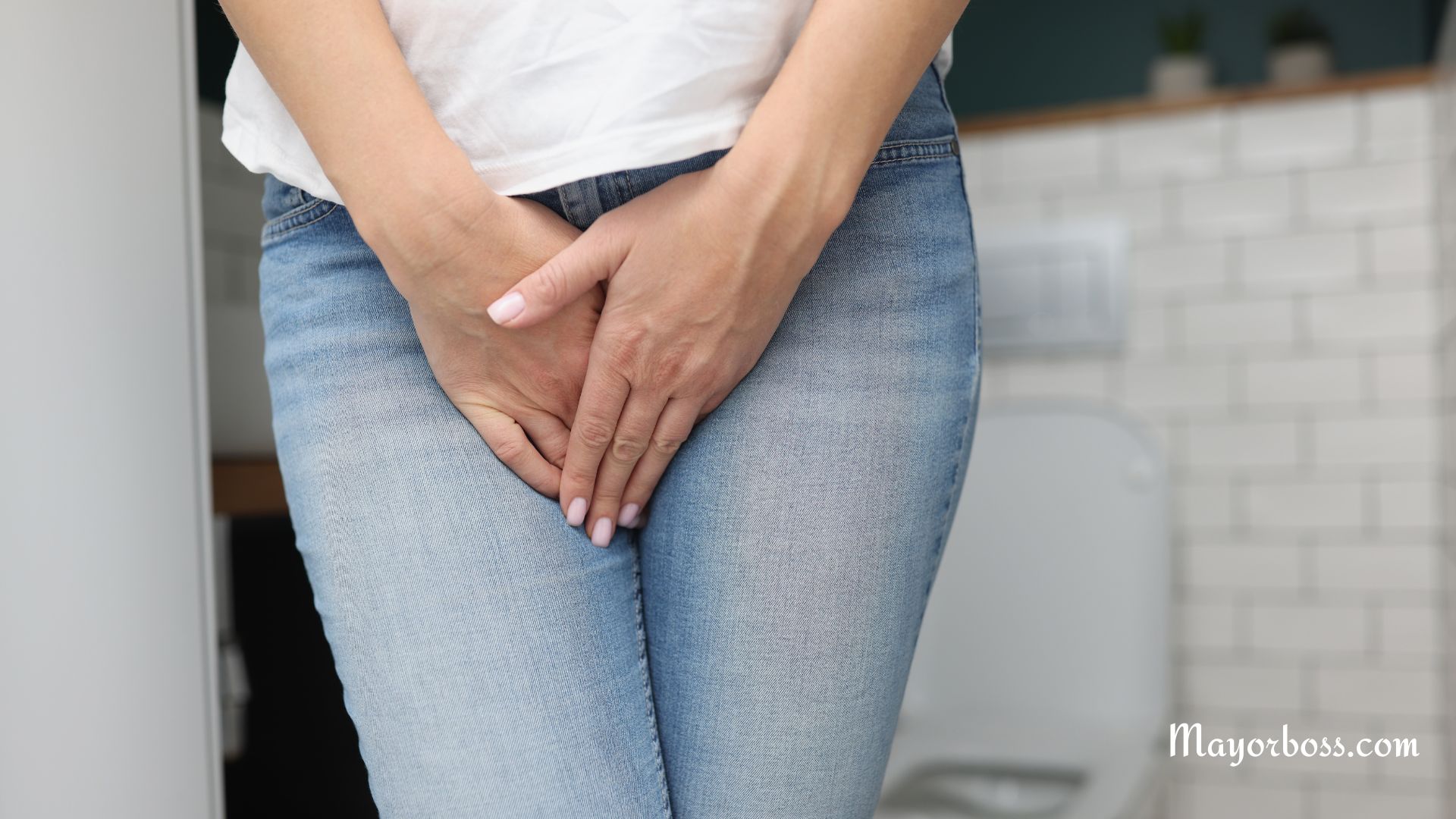Using a Heating Pad for Cramps
Do you want to know about using a heating pad on cramps? Cramps can be a real pain—literally. For many people, using a heating pad offers an effective and convenient way to ease the discomfort. The heat from the pad can relax muscle tension and improve blood flow, which in turn may alleviate pain. This is often helpful for menstrual cramps, muscle cramps, and even some gastrointestinal issues.
Before diving into the remedy, it’s helpful to grasp what causes cramps.

Why Do Cramps Happen?
Cramps are essentially involuntary muscle contractions. They can occur in various parts of the body, but they’re most common in the legs, abdomen, and back. Several factors can contribute to cramps, such as dehydration, poor circulation, or muscle fatigue. For women, menstrual cramps can be a monthly ordeal due to hormonal changes.
How a Heating Pad Works
You might wonder how a simple heating pad can bring relief. Well, heat has a natural ability to relax muscles and improve circulation. A heating pad does precisely this. It warms up the skin and underlying tissues, making it easier for blood to flow. This increased blood flow then helps to flush out the substances that are causing your muscles to contract and ache.
Types of Heating Pads
There are various types of heating pads available. Electric pads are the most common. They come with adjustable heat settings and sometimes even timers. Microwaveable pads filled with substances like flaxseed or rice are another option. These are handy because you can take them on the go. Chemical pads, which generate heat through a chemical reaction, are also available for single use.
Wait!!! How could I forget the good old-fashioned hot water bottle? This is another excellent option when you’re dealing with cramps. Hot water bottles are pretty straightforward: you fill them with hot water, seal them up, and place them on the affected area. They are especially popular for menstrual cramps and are reusable, making them an eco-friendly choice.
What makes hot water bottles unique is their versatility. You can wrap them in a cloth or towel to adjust the heat intensity, and you can easily mold them to fit various body parts. On top of that, they don’t require electricity, so you can use them just about anywhere—whether you’re lying in bed or sitting at your desk.
When to Use a Heating Pad
So, when should you reach for a heating pad? It’s most effective for cramps that are caused by muscle tension or poor blood circulation. For instance, if you have menstrual cramps, a heating pad on your lower abdomen can be a game-changer. Similarly, if you’ve been exercising and experiencing muscle cramps, applying heat to the affected area can offer relief.
Precautions to Take
Of course, you need to be cautious when using a heating pad. According to doctors, you should avoid using it for more than 20 minutes at a time. Doing so may cause skin burns. Also, never use a heating pad on open wounds or inflamed skin. In these cases, consult a healthcare provider for proper treatment.
Alternatives to Heating Pads
If you find that a heating pad isn’t your cup of tea, there are other ways to manage cramps. Examples include over-the-counter pain relievers like ibuprofen, stretching exercises, and even some herbal remedies. Scientists also suggest that a balanced diet rich in magnesium and potassium can help prevent cramps.
Making the Most Out of Your Heating Pad
To get the best results, you can combine the use of a heating pad with other methods. For example, you might think about applying heat for 10 minutes and then stretching the affected muscle for a few minutes. After that, you can reapply the heat. This combination can be more effective than using heat alone.
When to See a Doctor
While heating pads can offer relief from cramps, it’s essential to consult a doctor if:
- Your cramps are severe or persistent.
- You experience unusual symptoms.
- The pain doesn’t improve with over-the-counter treatments or heat.
In such cases, it might be a sign of an underlying condition that requires medical attention.
Remember, while heating pads can be a great tool for relief, always use them safely and consult a healthcare professional if you have concerns.
Further Reading: Ice vs. Heat for Pain Relief: Which One is Right for You?






